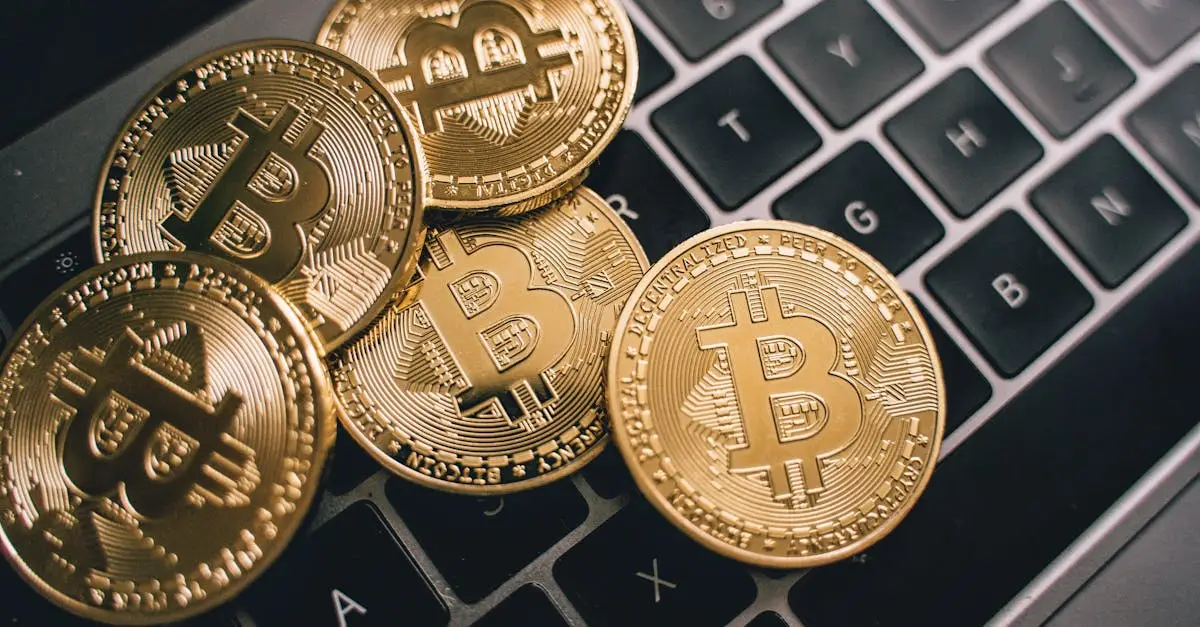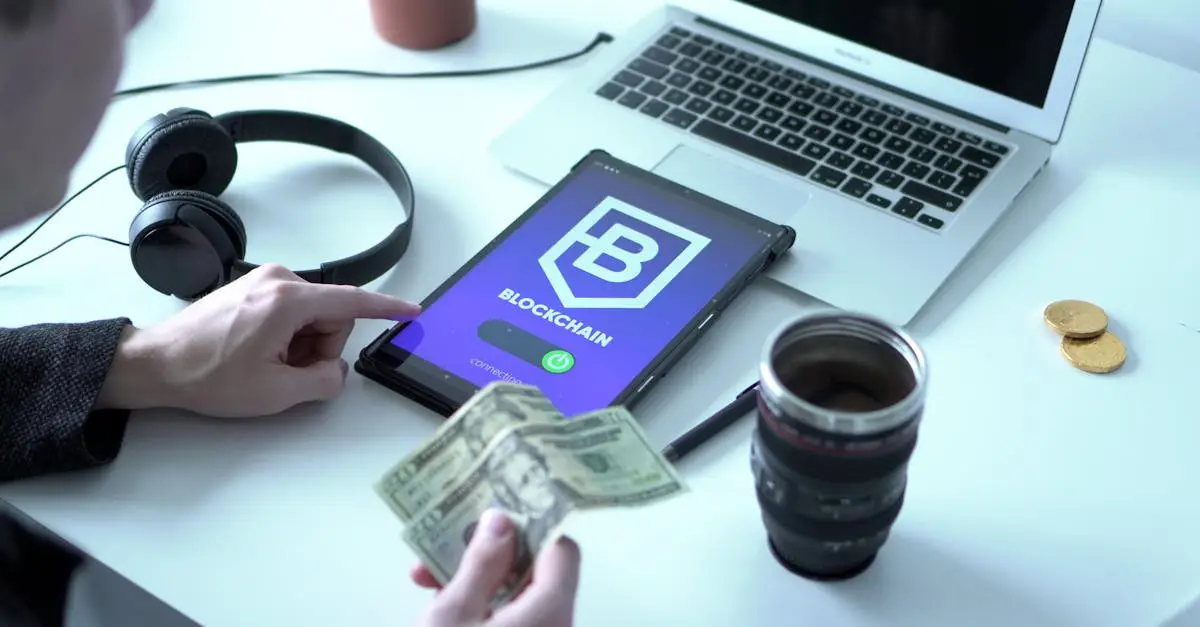In the rapidly evolving world of cryptocurrencies, owning and managing your assets safely is crucial. That’s where crypto wallets come into play. Think of a crypto wallet as your personal bank, where you can store, send, and receive digital currencies like Bitcoin, Ethereum, and many others. However, unlike traditional banks, crypto wallets give you full control over your funds without the need for intermediaries.
In this comprehensive guide, we’ll dive into the different types of crypto wallets, how to choose the right one for your needs, and the best practices to maximize security and value. Plus, we’ll answer some frequently asked questions to help you on your crypto journey.
1. What is a Crypto Wallet and How Does It Work?
A crypto wallet is a software application or hardware device that allows you to interact with blockchain networks. It doesn’t store the cryptocurrencies themselves but rather stores the private keys – secret codes that enable you to access and manage your digital assets.
When you create a crypto wallet, you are given a pair of keys: a public key (your wallet address) that others can use to send you crypto, and a private key that you use to access your assets. Never share your private key with anyone, as it grants control over your cryptocurrencies.
2. Types of Crypto Wallets: Which One is Right for You?
There are various types of crypto wallets, each suited for different needs:
a. Hot Wallets (Software Wallets)
- Desktop Wallets: Installed on your computer, offering a balance between security and convenience. Examples: Exodus, Electrum.
- Mobile Wallets: Apps on your smartphone for easy access on the go. Ideal for daily transactions. Examples: Trust Wallet, Mycelium.
- Web Wallets: Accessible through your web browser, hosted by third-party services. Examples: Coinbase, MetaMask.
Pros: Convenient and user-friendly.
Cons: Vulnerable to hacks and malware, especially if private keys are stored online.
b. Cold Wallets (Hardware Wallets)
- Hardware Wallets: Physical devices like USB sticks that store private keys offline. Examples: Ledger Nano S, Trezor.
- Paper Wallets: Printed paper containing your public and private keys. An inexpensive way to store crypto offline.
Pros: High security, as they are not connected to the internet.
Cons: Less convenient for frequent transactions. Physical loss can mean losing access to funds.
Choosing the Right Wallet: For beginners, a hot wallet (mobile or desktop) is a great starting point due to its ease of use. For long-term storage of large amounts of crypto, consider using a hardware wallet for enhanced security.
3. How to Set Up Your First Crypto Wallet
Setting up a wallet depends on the type you choose. Here’s a basic guide for software wallets:
a. Download and Install: Visit the official website or app store to download the wallet. Always verify the authenticity of the website to avoid scams.
b. Create a New Wallet: Follow the on-screen instructions to create a new wallet. You will receive a seed phrase (usually 12-24 words). Write this down and store it in a secure place.
c. Backup Your Wallet: The seed phrase is your backup. Losing this means losing access to your funds forever.
d. Fund Your Wallet: Obtain your wallet’s public address and use it to transfer cryptocurrencies from an exchange or another wallet.
4. Tips for Generating Value with Your Crypto Wallet
Your wallet is not just for storing crypto; it can be a tool for generating value. Here’s how:
a. Staking: Some wallets support staking, where you can lock up a certain amount of crypto to earn rewards over time. For example, staking Ethereum 2.0 or Cardano in compatible wallets.
b. Yield Farming: Utilize DeFi (Decentralized Finance) platforms through your wallet to provide liquidity to pools and earn interest. This involves lending your crypto assets and earning a return, but be aware of the associated risks.
c. Participate in Airdrops: Some projects distribute free tokens to wallet holders, known as airdrops. Keeping your wallet active and connected to decentralized networks can qualify you for these rewards.
d. Security as Value: By using a secure wallet (especially hardware wallets), you reduce the risk of loss due to hacks or theft, preserving your assets’ value over time.
5. Best Practices for Keeping Your Wallet Secure
- Backup Your Seed Phrase: Store it in a safe, offline location. Avoid taking digital photos or saving it on cloud storage.
- Enable Two-Factor Authentication (2FA): If your wallet supports 2FA, activate it for an added layer of security.
- Regular Software Updates: Keep your wallet software up to date to protect against vulnerabilities.
- Beware of Phishing Scams: Always double-check URLs and never share your private keys or seed phrases.
6. Frequently Asked Questions (FAQ)
Q1: What happens if I lose my private key?
If you lose your private key, you lose access to your crypto assets. This is why it’s crucial to back up your seed phrase, as it can be used to recover your wallet.
Q2: Are hardware wallets 100% safe?
While hardware wallets are among the most secure options, they are not 100% immune to risks. Physical theft, user error, or advanced attacks could compromise them. Always store your device securely and keep backups.
Q3: Can I use one wallet for multiple cryptocurrencies?
Yes, many wallets support multiple cryptocurrencies. However, not all wallets support every type of crypto, so make sure to choose one that aligns with the assets you want to manage.
Q4: What is the difference between public and private keys?
A public key is like an address others use to send you crypto. A private key is a secret code that grants access to your funds. Never share your private key; it controls your crypto.
Q5: How often should I move my crypto to a hardware wallet?
If you are holding large amounts or not planning to trade frequently, it is advisable to transfer your assets to a hardware wallet for enhanced security.
Conclusion
Crypto wallets are essential tools for managing and safeguarding your digital assets. Understanding the different types of wallets and how to use them effectively can empower you to take full control of your financial future. By following best practices and utilizing your wallet’s features, you can securely store, manage, and grow your crypto holdings.
For more in-depth guides and tips on navigating the crypto world, explore the articles here at Cryptofinanceinsider!

I am Ethan Grant, a finance and cryptocurrency enthusiast with over a decade of involvement in the financial sector. My journey began with a passion for investment strategies, market analysis, and digital assets. Since then, I have dedicated my time to helping others navigate the complexities of the financial world. My insights are based on practical knowledge and a deep understanding of market trends, which allows me to offer valuable and reliable guidance.
Over the years, I have had the opportunity to work with several investment firms, which has further fueled my passion for cryptocurrencies and blockchain technology. I believe that digital assets have the power to promote financial independence, and today, I share my experiences and knowledge through articles, market analyses, and investment tips on Cryptofinanceinsider.
As an author, my commitment is to inform in the best way possible about the world of finance. I enjoy addressing topics in a straightforward and honest manner, which I believe resonates with both beginners and experienced investors. My goal is to make complex financial concepts more accessible to everyone.







